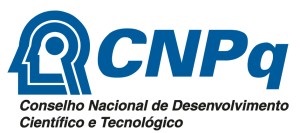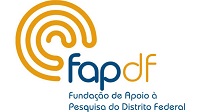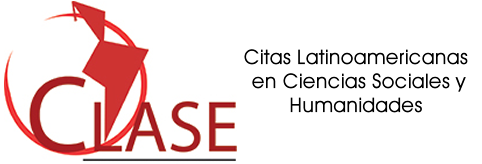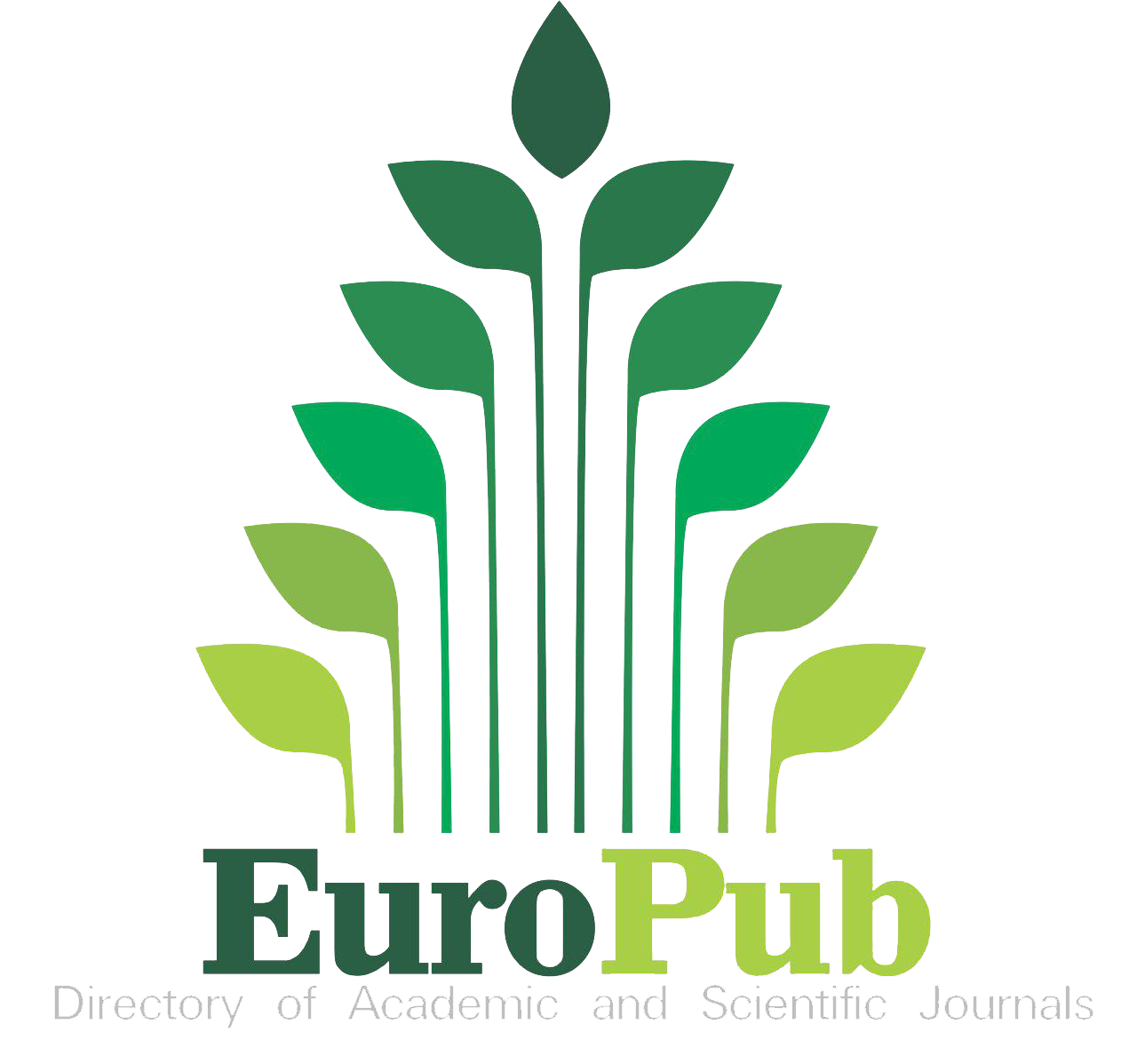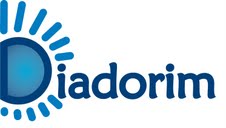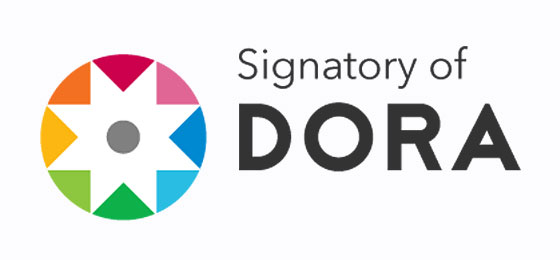Scale of the index of child exposure to material deprivation in Portugal: validation and interpretation
DOI:
https://doi.org/10.1590/s0102-6992-202237020003Keywords:
material deprivation, child poverty, item response models, social index, PortugalAbstract
This article aims to contribute to the validation and interpretation of scale of the child exposure to household material deprivation, developed based on the Portuguese sample of the 2017 EU-Statistics on Income and Living Conditions (EU-SILC). The index was developed from household questionnaire items by applying an item-response theory model. For its validation, a descriptive analysis of the scale by EU-SILC social variables was carried out. The interpretation was given by the description of the categories of items according to the profiles of households grouped into clusters. The results show that 14.3% of households with children can be classified as in a situation of extreme deprivation and 25.6% in an intermediate level of deprivation. Considering that EU-SILC is applied in all European Union, the methodology can be extended to others countries, allowing the annual monitoring of child poverty.
Downloads
References
AJZENSTADT, Mimi; GAL, John. Children, gender and families in Mediterranean welfare states. Dordrecht, NL: Springer Netherlands, 2010. Disponível em: <https://doi.org/10.1007/978-90-481-8842-0>. Acesso em : 10 Jun. 2021.
» https://doi.org/10.1007/978-90-481-8842-0
ALKIRE, Sabina; FOSTER, James. Counting and multidimensional poverty measurement. Journal of Public Economics, v. 95, n. 7-8, p. 476-487, 2011. Disponível em: <https://doi.org/10.1016/j.jpubeco.2010.11.006>. Acesso em: 24 Nov. 2020.
» https://doi.org/10.1016/j.jpubeco.2010.11.006
BARTHOLOMEW, David J. et al. The analysis and interpretation of multivariate data for social scientists. Boca Raton, FL; London; New York; Washignton, DC: Chapman & Hall/CRC, 2002.
BASTOS, Amélia. A review of child poverty approaches: the European Union experience. In: PETMESIDOU, Maria et al. (Eds.). Child poverty, youth (un)employment, and social inclusion, p. 41-67. Stuttgard, DE: Ibidem-Verlag, 2016. Disponível em: <https://bora.uib.no/bora-xmlui/handle/1956/17213>. Acesso em: 10 Fev. 2022.
» https://bora.uib.no/bora-xmlui/handle/1956/17213
BASTOS, Amélia; MACHADO, Carla. Children and the dynamics of poverty and social exclusion: empirical evidence for Portugal. International Journal of Social Economics, v. 45, n. 9, p. 1385-1404, 2018. Disponível em: <https://doi.org/10.1108/IJSE-01-2016-0035>. Acesso em: 02 Fev. 2021.
» https://doi.org/10.1108/IJSE-01-2016-0035
BEN-ARIEH, Asher. Beyond welfare: measuring and monitoring the state of children - new trends and domains. Social Indicators Research, v. 52, n. 3, p. 235-257, 2000. Disponível em: < http://dx.doi.org/10.1023/A:1007009414348>. Acesso em: 25 Jun. 2021.
» http://dx.doi.org/10.1023/A:1007009414348
BENEDETTI, Ilaria; BETTI, Gianni; CRESCENZI, Federico. Measuring child poverty and its uncerteinity: a case study of 33 European countries. Sustainability, v. 12, n. 19, 2020. Disponível em: <https://doi.org/10.3390/su12198204>. Acesso em: 30 Jun. 2021.
» https://doi.org/10.3390/su12198204
BORTOLOTTI, Silvana Ligia V. et al. Relevance and advantages of using the item response theory. Quality & Quantity, v. 47, n. 4, p. 2341-2360, 2012. Disponível em: <https://doi.org/10.1007/s11135-012-9684-5>. Acesso: 15 Jun. 2021.
» https://doi.org/10.1007/s11135-012-9684-5
BRADSHAW, Jonathan; RICHARDSON, Dominic; RITAKALLIO, Velli-Matti. Child poverty and child well-being in Europe. Journal of Children’s Services, v. 2, n. 1, p. 18-36, 2007. Disponível em: <https://doi.org/10.1108/17466660200700003>. Acesso em: 16 Jun. 2021.
» https://doi.org/10.1108/17466660200700003
CHALMERS, Phil. Mirt: A multidimensional item response theory package for the R environment. Journal of Statistical Software, v. 48, n. 6, p. 1-29, 2012. Disponível em: <https://doi.org/10.18637/jss.v048.i06 >. Acesso: 01 Fev. 2021.
» https://doi.org/10.18637/jss.v048.i06
CLAIR, Amy. Housing: an under-explored influence on children’s wellbeing and becoming. Child Indicators Research, v. 12, n. 2, p. 609-626, 2019. Disponível em: <https://doi.org/10.1007/s12187-018-9550-7>. Acesso: 16 Jun. 2021.
» https://doi.org/10.1007/s12187-018-9550-7
DINISMAN, Tamr; BEN-ARIEH, Asher. The characteristics of children’s subjective well-being. Social Indicators Research, n. 126, n. 2, p. 555-569, 2016. Disponível em: <https://doi.org/10.1007/s11205-015-0921-x>. Acesso em: 14 Jun. 2021.
» https://doi.org/10.1007/s11205-015-0921-x
EUROSTAT. EU-Silc. The European Union statistics on income and living conditions, 2018. Disponível em: <https://ec.europa.eu/eurostat/web/microdata/european- union-statistics-on-income-and-living-conditions>. Acesso em: 20 Fev. 2021.
» https://ec.europa.eu/eurostat/web/microdata/european- union-statistics-on-income-and-living-conditions
EUROSTAT. Measuring material deprivation in the EU: indicators for the whole population and child-specific indicators. Luxembourg: Publications Office of the European Union, 2012. Disponível em: <https://ec.europa.eu/eurostat/en/web/products-statistical-working-papers/-/ks-ra-12-018>. Acesso em: 18 Fev. 2021.
» https://ec.europa.eu/eurostat/en/web/products-statistical-working-papers/-/ks-ra-12-018
FERRÃO, Maria Eugénia; BASTOS, Amélia; ALVES, Maria Teresa G. A measure of child exposure to household material deprivation: empirical evidence from the Portuguese Eu-Silc. Child Indicators Research, v. 14, n. 1, p. 217-237, 2021. Disponível em: <https://doi.org/10.1007/s12187-020-09754-4>. Acesso em: 01 Fev. 2021.
» https://doi.org/10.1007/s12187-020-09754-4
GUIO, Anne-Catherine; MARLIER, Eric; NAJERA, Hector. Towards an EU measure of child deprivation. Child Indicators Research, v. 11, n. 3, p. 835-860, 2018. Disponível em: <https://doi.org/10.1007/s12187-017-9491-6>. Acesso em: 13 Jun. 2021.
» https://doi.org/10.1007/s12187-017-9491-6
INSTITUTO NACIONAL DE ESTATÍSTICA (INE). Inquérito às condições de vida e rendimento - Portugal em números. Lisboa: INE, 2021. Disponível em: <https://www.ine.pt/xportal/xmain?xpid=INE&xpgid=ine_publicacoes&PUBLICACOESpub_boui=6359840&PUBLICACOESmodo=2>. Acesso em: 21 Fev. 2022.
______. Inquérito às condições de vida e rendimento - documento metodológico, versão 3.7. Lisboa: INE, 2019.
PANIAGUA-SÁNCHEZ, David et al. Comparison of methods for dealing with missing values in the EPV-R. Psicothema, v. 29, n. 3, p. 384-389, 2017. Disponível em: <https://doi.org/10.7334/psicothema2016.75>. Acesso em: 15 Jun. 2021.
» https://doi.org/10.7334/psicothema2016.75
PASQUALI, Luiz. Psicometria: teoria dos testes na psicologia e na educação. Petrópolis, RJ: Vozes, 2003.
PINILLA-RONCANCIO, Mónica et al. Child vs. household MPIs in Colombia: do they identify the same children as multidimensionally poor? Child Indicators Research, v. 13, n. 2, p. 777-799, 2020. Disponível em: <https://doi.org/10.1007/s12187-019-09639-1>. Acesso em: 20 Jun. 2021.
» https://doi.org/10.1007/s12187-019-09639-1
PRESIDÊNCIA DO CONSELHO DE MINISTROS; CONSELHO SUPERIOR DE ESTATÍSTICA. Deliberação n. 343/2017; 52.ª Deliberação da Secção Permanente de Coordenação Estatística: versão portuguesa e implementação da Classificação Internacional Tipo de Educação 2011 (ISCED/CITE 2011). Diário da República, 2.ª série, n. 84, p. 8203-8205, 2 Maio 2017. Disponível em: <https://dre.pt/application/conteudo/106939370>. Acesso em: 14 Jun. 2021.
» https://dre.pt/application/conteudo/106939370
______. Estratégia Nacional de Combate à Pobreza 2021-2030. Diário da República, n. 251/2021, , p. 19-30, Série I de 2021-12-29. Disponível em: <https://files.dre.pt/1s/2021/12/25100/0001900030.pdf>. Acesso em: 22 Fev. 2022.
» https://files.dre.pt/1s/2021/12/25100/0001900030.pdf
QI, Di; WU, Yichao. Comparing the extent and levels of child poverty by the income and multidimensional deprivation approach in China. Child Indicators Research, v. 12, n. 2, p. 627-645, 2019. Disponível em: <https://doi.org/10.1007/s12187-018-9544-5>. Acesso em: 15 Jun. 2021.
» https://doi.org/10.1007/s12187-018-9544-5
ROSE, Norman; von DAVIER, Matthias; XU, Xueli. Modeling nonignorable missing data with item response theory (IRT). Research report. ETS RR-10-11, Educational Testing Service, 2010. Disponível em: <https://www.ets.org/Media/Research/pdf/RR-10-11.pdf>. Acesso em: 14 Jun. 2021.
» https://www.ets.org/Media/Research/pdf/RR-10-11.pdf
SAUNDERS, Peter; BROWN, Judith E. Child poverty, deprivation and wellbeing: evidence for Australia. Child Indicators Research, v. 13, p. 1-18, 2019. Disponível em: <https://doi.org/10.1007/s12187-019-09643-5>. Acesso em: 16 Jun. 2021.
» https://doi.org/10.1007/s12187-019-09643-5
SEN, Amartya. Poverty: an ordinal approach to measurement. Econometrica, v. 44, p. 2, p. 219-231, 1976. Disponível em:<https://doi.org/10.2307/1912718>. Acesso em: 10 Jun. 2021.
» https://doi.org/10.2307/1912718
STEWART, Kitty; ROBERTS, Nich Child poverty measurement in the UK: assessing support for the downgrading of income-based poverty measures. Soc. Indic. Res., v. 142, p. 523-542, 2019. Disponível em: <https://doi.org/10.1007/s11205-018-1880-9>. Acesso em: 17 Jun. 2021.
» https://doi.org/10.1007/s11205-018-1880-9
UNITED NATIONS DEVELOPMENT PROGRAMME (UNDP). Human development report 2015: work for human development. New York: UNDP, 2015.Disponível em: <http://hdr.undp.org/en/content/human-development-report-2015>. Acesso em: 10 Jun. 2021.
» http://hdr.undp.org/en/content/human-development-report-2015
VENDRAMINI, Claudette M. M. Os modelos uni e multidimensional da TRI , p. 77-90. In: SILVA, Marjorie C. Rocha da et al. (Eds.). Aplicações de métodos estatísticos avançados à avaliação psicológica e educacional. São Paulo: Vetor, 2015.
Downloads
Published
How to Cite
Issue
Section
License
Copyright (c) 2022 Sociedade e Estado

This work is licensed under a Creative Commons Attribution-NonCommercial 4.0 International License.

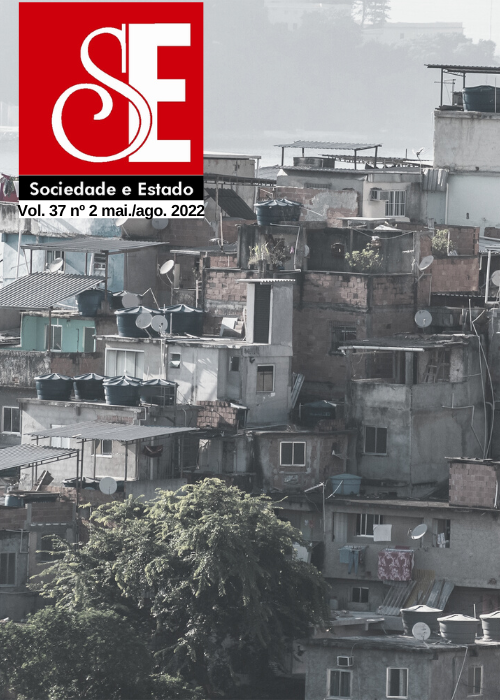


.jpg)

